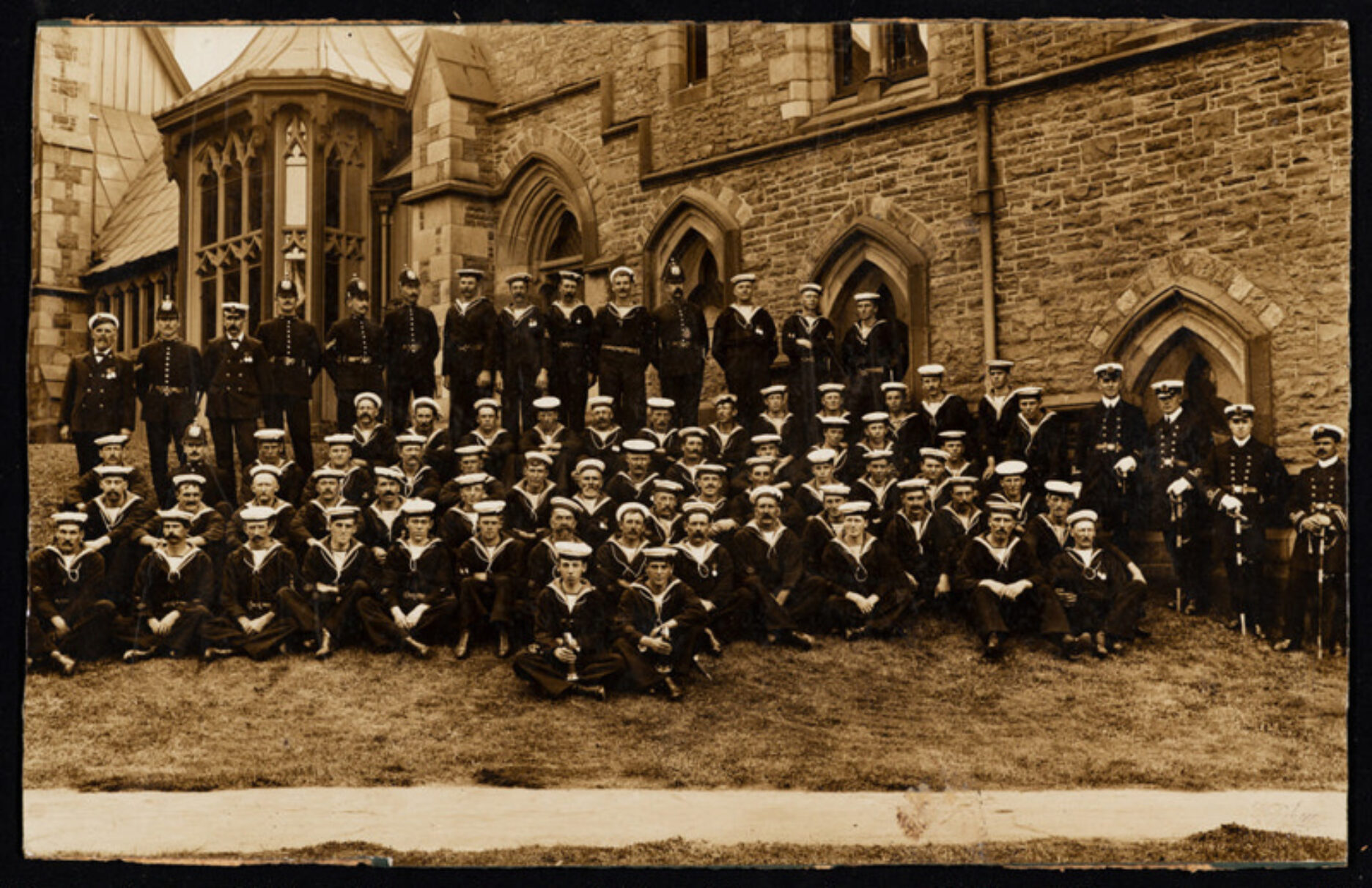PO Box 95
Lyttelton 8841
Te Ūaka recognises Te Hapū o Ngāti Wheke as Mana Whenua and Mana Moana for Te Whakaraupō / Lyttelton Harbour.
A Short History of Ironing
The practice of using an application of heat to smooth fabrics goes back many centuries - in China, as early as 1 BC, metal pans filled with hot coals were used to remove creases and wrinkles. In Northern Europe sleek (or slick) stones, glass or wooden devices were used for the same purpose.
“.. . shee that wanteth a sleeke-stone to smooth hir linnen, wil take a pebble . . . “
(a woman with no sleekstone to smooth her linen will use a pebble)
John Lyly, Euphues and his England, 1580
Flat irons or sad irons were first made by blacksmiths in the Middle ages, (‘sad’ coming from Middle English, meaning ‘solid’, as they were made of cast iron) to keep a Lord and Lady looking sharp. By the late nineteenth and early twentieth centuries, a well pressed outfit denoted a social status desirable to many. There were many different types of flat iron, heated by either fire, charcoal, kerosene, ethanol, whale oil, natural gas, carbide gas (acetylene, as with carbide lamps), or even gasoline.
This set of irons from the Museum's collection tells us a number of things about the history of ironing technology. As flat irons heated on a fire did not hold their heat indefinitely, a laundress (sic) required more than one in order to have one heating whilst another was in use. They were heavy and bulky, weighing anywhere from 2 - 4 kilograms; originally with metal handles, they often caused scalds and burns.
Hence it was that in the early 1870’s, an inventive young American woman, Mary Florence Potts, designed and patented the detachable wooden handles that you see in these examples. Her sensible inventions were exhibited at the 1876 Philadelphia Exposition World's Fair and the 1893 Chicago World's Fair and became the most popular heavy metal irons in North America, Europe and as far away as the South Pacific.
Advances in ironing technology continued in the ensuing decades - the electric iron was patented in 1882 by Henry W. Seeley. This was a significant breakthrough but it was still difficult to control the heat - thermostatically controlled irons were available from the 1920’s.
Electrically charged steam irons, similar to contemporary designs, became popular in the 1940’s, the original concept credited to Thomas Sears. At the same time, many modern fabrics (developed in or after the mid-twentieth century) such as polyester and nylon do not require ironing at all, and what was once heavy and sometimes dangerous work is now light, quick and safe.
The second photo shows the Museum’s founder, Baden Norris, holding two other irons from the collection. Te Ūaka The Lyttelton Museum has quite a number of different irons which are viewable on the website, however nothing like the 1300 items in one of the largest international iron collections, held at Gochsheim Castle near Karlsruhe in Germany!
